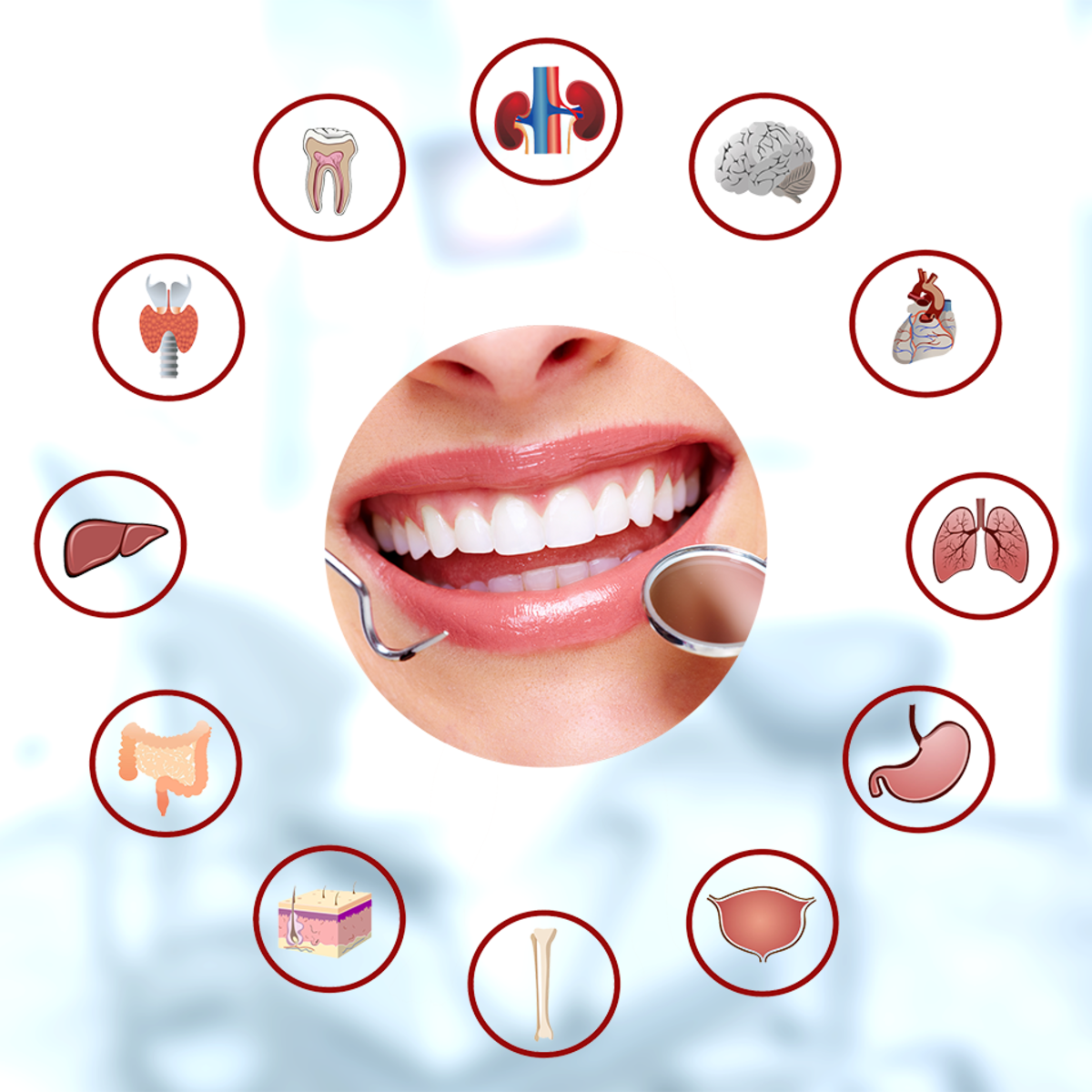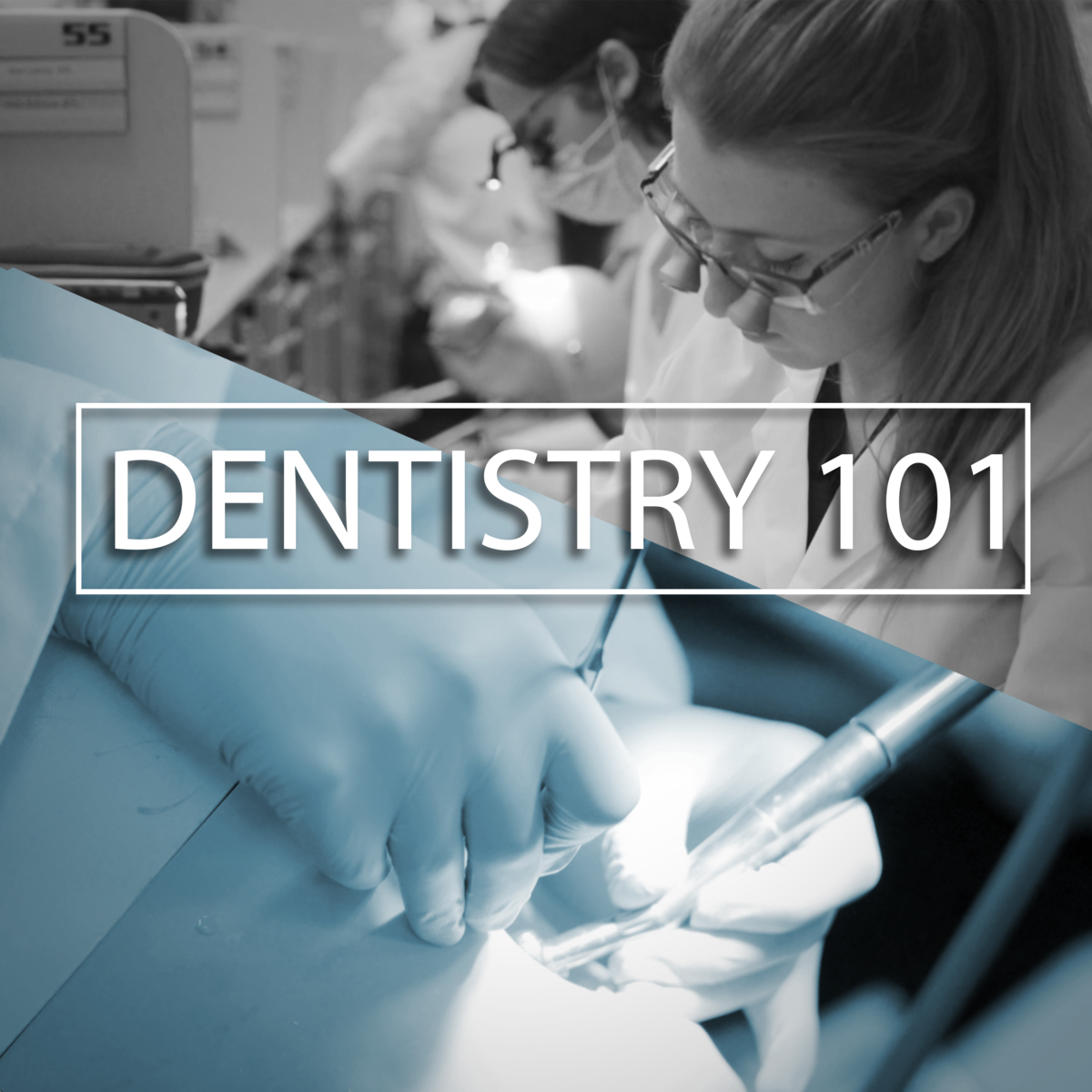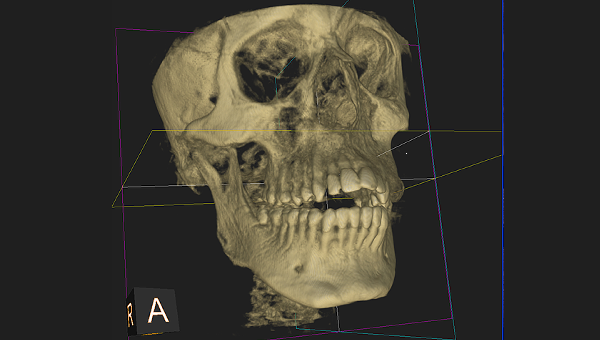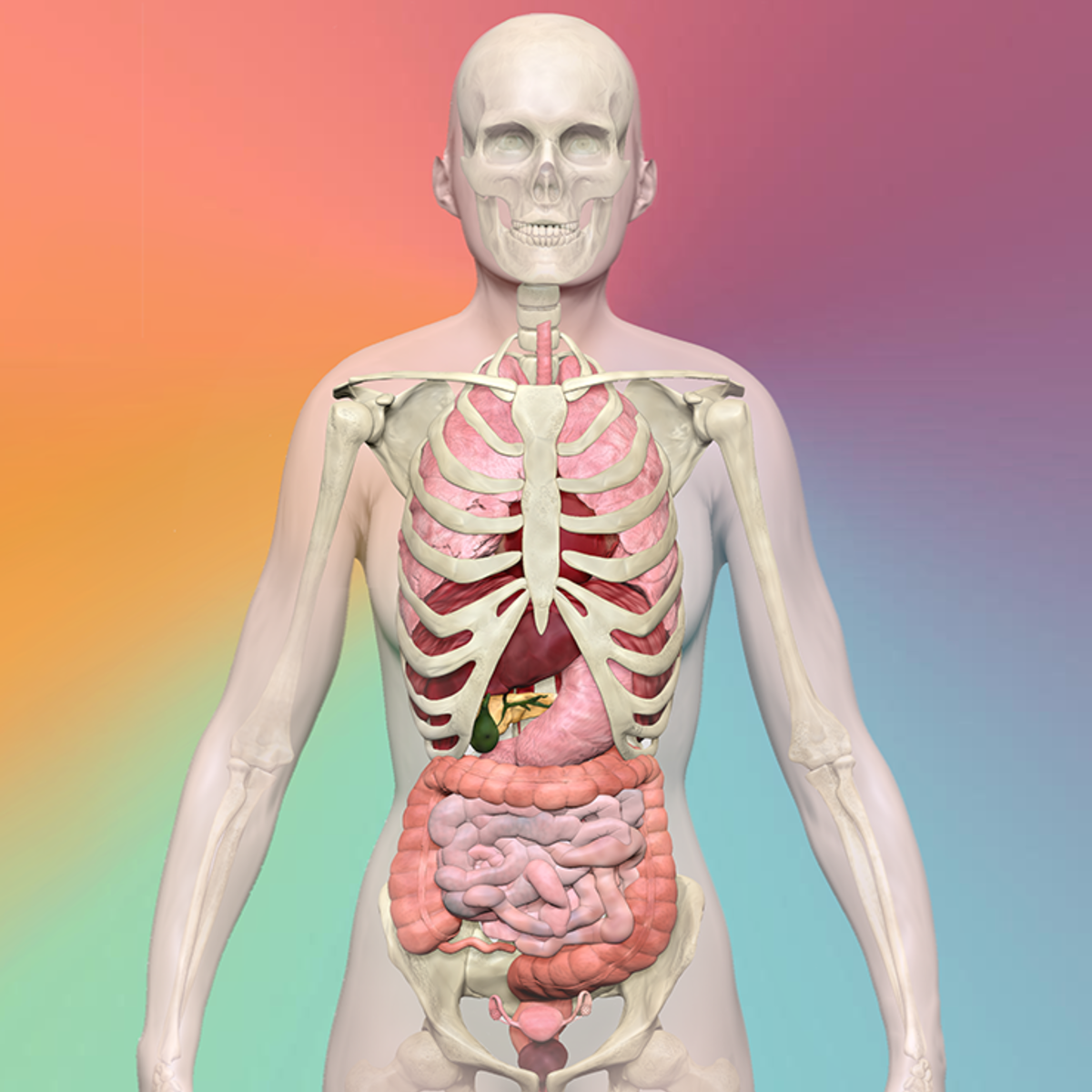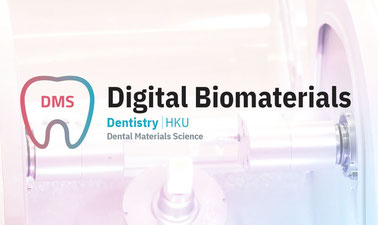Dentist
Exploring a Career as a Dentist
Dentistry is a vital branch of healthcare focused on the study, diagnosis, prevention, and treatment of diseases, disorders, and conditions of the oral cavity, commonly known as the mouth. Dentists are highly trained medical professionals dedicated to maintaining and improving the oral health of their patients. This field encompasses not only teeth and gums but also related structures like the jaw, facial muscles, and salivary glands.
Working as a dentist offers a unique blend of scientific knowledge, technical skill, and patient interaction. Many find the ability to directly improve a person's health, confidence, and quality of life through dental care deeply rewarding. Furthermore, the field is constantly evolving with new technologies and treatment approaches, providing continuous learning opportunities and intellectual stimulation.
The Dentist's Role in the Healthcare Ecosystem
Dentists are integral members of the broader healthcare community. Their expertise extends beyond just treating cavities; they play a crucial role in identifying systemic health issues that manifest orally, contributing significantly to overall patient well-being.
Collaboration Across Medical Fields
Effective patient care often requires teamwork. Dentists frequently collaborate with physicians, specialists like orthodontists or oral surgeons, dental hygienists, and other healthcare providers. This interdisciplinary approach ensures comprehensive care, addressing connections between oral health and conditions like diabetes, heart disease, and certain cancers.
Understanding the links between oral and systemic health is crucial. For instance, persistent gum disease can be linked to cardiovascular problems, and certain oral lesions might indicate underlying systemic conditions requiring medical intervention. This interaction highlights the dentist's role as a key diagnostician within the healthcare system.
This collaborative environment requires strong communication skills and a solid understanding of general health principles, complementing specific dental knowledge. Dentists must effectively share findings and coordinate treatment plans with other professionals for optimal patient outcomes.
Balancing Prevention and Restoration
Modern dentistry emphasizes a balance between preventive care and restorative treatments. Preventive measures aim to stop oral diseases before they start or progress. This includes patient education on proper hygiene, regular check-ups, cleanings, fluoride treatments, and sealants.
Restorative care, on the other hand, involves repairing damage caused by decay, disease, or trauma. This can range from simple fillings to complex procedures like root canals, crowns, bridges, and dental implants. The goal is always to restore function and aesthetics while preserving as much natural tooth structure as possible.
Striking the right balance requires careful assessment of each patient's needs and risk factors. A successful dentist empowers patients through education to prioritize prevention, thereby minimizing the need for extensive restorative work later on.
These courses offer insights into specific areas of dental care, including implants and managing common conditions like caries.
Leveraging Diagnostic Technologies
Technology plays a significant role in modern dental diagnostics. Digital X-rays (radiography) provide detailed images with less radiation exposure than traditional film X-rays. Intraoral cameras allow both dentist and patient to see inside the mouth with clarity, improving understanding and treatment acceptance.
Advanced imaging techniques, such as Cone Beam Computed Tomography (CBCT), offer 3D views of teeth, soft tissues, nerve pathways, and bone in a single scan. This is invaluable for complex procedures like implant placement, orthodontic planning, and diagnosing pathology.
Emerging technologies like AI-powered diagnostic tools are also beginning to assist dentists in interpreting images and identifying potential issues earlier and more accurately. Staying updated on these technological advancements is essential for providing state-of-the-art care.
This course provides a foundational understanding of imaging modalities used in dentistry.
The Importance of Patient Education
A core responsibility of a dentist is educating patients about their oral health. This involves explaining diagnoses, treatment options, potential risks, and expected outcomes in clear, understandable terms. Informed patients are better equipped to make decisions about their care.
Education also extends to preventive habits. Dentists teach proper brushing and flossing techniques, discuss the impact of diet on oral health, and advise on lifestyle factors like smoking cessation. This empowers patients to take an active role in maintaining their health between visits.
Building trust and rapport through effective communication is key. A good dentist listens to patient concerns, answers questions patiently, and tailors advice to individual circumstances, fostering a collaborative relationship focused on long-term oral wellness.
Understanding the connection between the mouth and overall health is vital for patient education. This course explores that relationship.
The Journey to Becoming a Dentist: Education and Licensing
The path to becoming a dentist is rigorous, demanding significant academic dedication and financial investment. It involves several distinct stages, from undergraduate preparation to postgraduate specialization.
Undergraduate Foundations
Aspiring dentists typically begin with a bachelor's degree. While no specific major is universally required, a strong background in the sciences is essential. Common prerequisites for dental school include courses in biology, general chemistry, organic chemistry, physics, and often biochemistry and mathematics.
Maintaining a high grade point average (GPA), particularly in science courses, is crucial for competitiveness. Additionally, shadowing dentists, volunteering in healthcare settings, and engaging in relevant extracurricular activities can strengthen an application.
Online courses can be valuable for building foundational knowledge or supplementing traditional coursework, especially in core science subjects. Platforms like OpenCourser offer access to a wide range of relevant courses across Biology and Science.
These courses cover foundational science topics relevant to pre-dental studies.
Navigating Dental School Admissions
Admission to dental school is highly competitive. Applicants must take the Dental Admission Test (DAT), a standardized exam covering natural sciences, perceptual ability, reading comprehension, and quantitative reasoning. A strong DAT score is a key component of the application.
Beyond academics and test scores, dental schools look for well-rounded individuals. Letters of recommendation, a compelling personal statement outlining motivation and relevant experiences, and successful interviews are all critical parts of the admission process. Research experience can also be advantageous.
The application process typically occurs through a centralized service like the Associated American Dental Schools Application Service (AADSAS) in the United States. It's advisable to start preparing early, understanding the specific requirements of desired schools.
This introductory course can provide valuable insights for those considering dentistry or preparing for dental school.
The Dental School Curriculum (DDS/DMD)
Dental school typically lasts four years, culminating in either a Doctor of Dental Surgery (DDS) or Doctor of Dental Medicine (DMD) degree. These degrees are generally considered equivalent. The curriculum is intensive, combining didactic (classroom) learning with preclinical laboratory work and clinical patient care.
The first two years usually focus on biomedical sciences (anatomy, physiology, biochemistry, pharmacology, pathology) and foundational dental sciences. Students learn dental anatomy, materials science, and basic techniques in simulated environments.
The latter two years emphasize clinical training, where students treat patients under the supervision of experienced faculty dentists. This hands-on experience covers various aspects of general dentistry, including diagnostics, treatment planning, restorative procedures, periodontics, endodontics, and oral surgery.
Understanding anatomy is fundamental. These courses cover relevant anatomical regions.
Licensing and Board Examinations
Graduating from an accredited dental school is only the first step towards practice. To become licensed, dentists must pass rigorous national and state or regional examinations. In the U.S., this typically involves the Integrated National Board Dental Examination (INBDE).
The INBDE assesses basic biomedical, behavioral, and clinical science knowledge. In addition to the written board exam, candidates must pass a clinical examination administered by a state or regional testing agency. These exams evaluate practical skills and clinical judgment.
Licensing requirements vary by state or jurisdiction, so it's crucial to research the specific criteria for the location where one intends to practice. Maintaining licensure typically requires ongoing continuing education credits throughout a dentist's career.
Postgraduate Specialization Pathways
After obtaining a DDS or DMD degree and initial licensure, dentists can choose to practice general dentistry or pursue further training in a recognized dental specialty. Specialization requires completing a postgraduate residency program, typically lasting two to six years depending on the field.
Recognized dental specialties include Orthodontics (correcting teeth and jaw alignment), Pediatric Dentistry (treating children), Periodontics (treating gum diseases), Endodontics (root canal therapy), Oral and Maxillofacial Surgery (surgical procedures), Prosthodontics (restoring and replacing teeth), Oral Pathology, Oral Radiology, and Dental Public Health.
Admission to residency programs is also competitive. Specializing allows dentists to focus their practice on a specific area, often tackling more complex cases within that discipline.
For those interested in specific specializations, these books offer in-depth knowledge.
Developing Essential Clinical Skills
Becoming a proficient dentist requires more than academic knowledge; it demands highly developed clinical skills, manual dexterity, and sound judgment. Dental education places significant emphasis on cultivating these practical competencies.
Mastering Hands-On Techniques
Dental school involves extensive hands-on training. Students start by practicing procedures on typodonts (models of teeth and jaws) in simulation labs. This allows them to develop fine motor skills and learn techniques in a controlled environment before working with actual patients.
As training progresses, students transition to clinical settings, performing procedures under close faculty supervision. This supervised practice is crucial for refining techniques, learning to manage clinical variations, and developing speed and efficiency while maintaining high standards of care.
Continuous practice and feedback are essential throughout a dentist's career. Even experienced practitioners engage in continuing education to learn new techniques and refine existing skills, ensuring they provide the best possible care.
This book provides a guide for nursing care planning, which shares principles with dental treatment planning regarding patient assessment and care coordination.
The Role of Simulation Technology
Simulation technology has become increasingly sophisticated in dental education. Virtual reality (VR) and haptic simulators allow students to experience realistic tactile feedback while performing procedures on virtual patients. This can accelerate learning and improve preparedness for clinical practice.
These technologies provide repeatable, standardized training scenarios that might be difficult to encounter consistently in traditional clinical settings. They allow students to practice complex procedures or manage simulated complications without risk to real patients.
While simulation cannot fully replace real-world clinical experience, it serves as a valuable bridge between theoretical knowledge and practical application, enhancing both skill development and patient safety.
Exploring visualization technologies can be relevant for understanding modern training tools.
Training in Ethical Patient Interaction
Effective communication and ethical conduct are paramount in dentistry. Dental education includes training on how to interact with patients respectfully, empathetically, and professionally. This involves explaining procedures clearly, obtaining informed consent, and addressing patient anxieties.
Students learn to navigate complex ethical scenarios, such as balancing patient desires with clinical appropriateness or managing patients with communication barriers. Understanding cultural sensitivity and addressing diverse patient needs are also critical components of this training.
Building trust is fundamental to the dentist-patient relationship. Ethical interaction ensures patients feel comfortable, informed, and respected throughout their treatment journey.
These courses address communication and ethical reasoning skills applicable to healthcare settings.
Preparedness for Emergency Situations
Dentists must be prepared to handle medical emergencies that may arise in the dental office. Training includes recognizing signs and symptoms of common emergencies like fainting, allergic reactions, seizures, or cardiac events.
Dental professionals are typically required to maintain certification in Basic Life Support (BLS) or Advanced Cardiac Life Support (ACLS). They learn protocols for managing emergencies, including administering oxygen, using an automated external defibrillator (AED), and knowing when to call for emergency medical services.
Regular drills and updates on emergency protocols ensure that the dental team can respond effectively and calmly in critical situations, prioritizing patient safety above all else.
Career Paths and Professional Growth in Dentistry
A career in dentistry offers diverse opportunities for professional growth and development. Dentists can choose from various practice models, pursue leadership roles, or even become entrepreneurs by owning their practices.
From Entry-Level to Established Practitioner
Newly graduated dentists often start as associates in established private practices or work in community dental clinics or corporate dental organizations. These positions provide valuable experience and mentorship while managing patient care under less administrative burden.
Over time, dentists build their clinical skills, speed, and patient base. Many eventually transition to partnership or practice ownership. Established practitioners often enjoy greater autonomy, control over their work environment, and potentially higher earning potential.
According to the U.S. Bureau of Labor Statistics (BLS), the employment of dentists is projected to grow, offering stable career prospects. Salary progression typically correlates with experience, location, practice type (general vs. specialty), and ownership status.
Academia vs. Private Practice
Dentists can pursue careers in academia, teaching at dental schools, conducting research, or contributing to dental literature. Academic careers often involve a mix of teaching, clinical practice (supervising students or faculty practice), research, and administrative duties.
Private practice remains the most common career path. This can involve solo practice, partnership, group practice, or working as an associate. Private practitioners focus primarily on direct patient care and managing the business aspects of their practice.
Some dentists successfully combine elements of both paths, perhaps maintaining a part-time faculty position while running a private practice. The choice depends on individual interests, career goals, and lifestyle preferences.
Leadership and Advocacy Roles
Experienced dentists can take on leadership roles within the profession. This may involve serving on committees or holding office in local, state, or national dental associations like the American Dental Association (ADA). These roles allow dentists to influence policy, advocate for the profession, and contribute to public health initiatives.
Leadership opportunities also exist within dental service organizations, hospital dental departments, public health agencies, and research institutions. These roles often require strong administrative and communication skills in addition to clinical expertise.
Engaging in professional organizations provides networking opportunities, access to continuing education, and a platform for contributing to the advancement of dentistry.
The Entrepreneurial Path: Practice Ownership
Many dentists aspire to own their practice, offering the potential for greater financial rewards and control over their professional life. Practice ownership, however, involves significant business responsibilities beyond clinical care.
Owners must manage staffing, marketing, finances, inventory, regulatory compliance, and insurance billing. This requires business acumen, leadership skills, and often a substantial financial investment. Many dentists seek advice from consultants or take business management courses to prepare for ownership.
Despite the challenges, successful practice ownership can be highly fulfilling, allowing dentists to build a practice that reflects their personal philosophy of care and create a lasting asset.
Embracing Technological Advancements
Dentistry is a field marked by continuous technological innovation. Staying abreast of these advancements allows dentists to offer more efficient, effective, and comfortable care to their patients.
Digital Imaging and CAD/CAM
Digital radiography and intraoral scanners have largely replaced traditional film X-rays and physical impressions. These technologies provide instant images, reduce radiation exposure, and allow for easier storage and sharing of diagnostic information.
Computer-Aided Design/Computer-Aided Manufacturing (CAD/CAM) systems enable dentists to design and fabricate restorations like crowns, veneers, and bridges in-office, often within a single visit. This technology improves precision, reduces treatment time, and enhances patient convenience.
Mastery of these digital workflows requires specific training but offers significant advantages in terms of accuracy and efficiency in restorative dentistry.
This course introduces digital concepts relevant to modern dentistry.
These books cover key areas benefiting from technological integration.
Applications of Laser Dentistry
Lasers have found various applications in dentistry for both soft and hard tissue procedures. Soft tissue lasers can be used for gum contouring, treating periodontal disease, and performing biopsies with minimal bleeding and discomfort.
Hard tissue lasers can sometimes be used for cavity preparation, potentially reducing the need for drilling and anesthesia in certain cases. Lasers can also aid in teeth whitening procedures and the treatment of oral lesions.
While not a replacement for traditional methods in all situations, laser dentistry offers benefits like increased precision, reduced postoperative pain, and faster healing for specific applications.
3D Printing in Dental Applications
3D printing technology is increasingly used in dentistry to create surgical guides for implant placement, orthodontic aligners, dental models for treatment planning, and even temporary restorations. This allows for highly customized and precise dental appliances.
The ability to print these items in-house can reduce turnaround times and costs associated with external labs. As materials and printing technologies continue to advance, the applications of 3D printing in dentistry are expected to expand further.
Dentists and dental technicians need training to effectively utilize 3D printing software and hardware for clinical benefit.
Artificial Intelligence in Treatment Planning
Artificial Intelligence (AI) is beginning to make inroads into dentistry, primarily in diagnostics and treatment planning. AI algorithms can analyze radiographic images to help detect cavities, bone loss, or other pathologies, potentially improving diagnostic accuracy and consistency.
AI can also assist in treatment planning by analyzing patient data to suggest optimal approaches for complex cases, such as orthodontics or implant placement. It can help predict treatment outcomes based on large datasets.
While AI serves as a powerful tool, the final clinical judgment and decision-making always rest with the dentist. Integrating AI responsibly requires understanding its capabilities and limitations.
This book provides foundational knowledge on diagnosis and treatment planning.
Navigating Ethical Considerations and Practice Challenges
The practice of dentistry involves navigating various ethical dilemmas and addressing systemic challenges. Maintaining high ethical standards and awareness of these issues is crucial for responsible patient care.
Complexities of Informed Consent
Obtaining truly informed consent requires ensuring patients understand their diagnosis, proposed treatment options (including alternatives and risks), costs, and potential outcomes. This can be challenging, especially with complex procedures or patients with limited health literacy.
Dentists must communicate clearly, avoid technical jargon, allow ample time for questions, and confirm patient comprehension before proceeding with treatment. Documenting the informed consent process thoroughly is also essential from both an ethical and legal standpoint.
Ethical considerations also arise when treating minors or patients with diminished capacity, requiring adherence to specific legal and ethical guidelines regarding consent.
Cosmetic vs. Essential Care Decisions
Dentistry increasingly involves cosmetic procedures aimed at improving the aesthetic appearance of teeth and smiles. While patient autonomy is important, dentists face ethical considerations when proposed cosmetic treatments might compromise long-term oral health or are not clinically indicated.
Balancing patient desires for aesthetic improvements with the professional obligation to prioritize health and function requires careful judgment. Dentists must provide honest assessments and avoid promoting unnecessary or potentially harmful procedures.
Transparency about the limitations, risks, and longevity of cosmetic treatments is crucial for managing patient expectations ethically.
This course touches upon aesthetic considerations in dentistry.
Ethical Pain Management
Managing patient pain effectively and ethically is a core responsibility. This involves accurately assessing pain levels, selecting appropriate pain relief methods (including local anesthesia and postoperative analgesics), and considering non-pharmacological approaches.
With growing awareness of the opioid crisis, dentists have an ethical obligation to prescribe narcotic pain relievers judiciously and only when necessary. Educating patients about proper use, potential risks, and alternative pain management strategies is vital.
Addressing patient anxiety, which can heighten pain perception, through compassionate communication and techniques like sedation dentistry (when appropriate) is also part of ethical pain management.
Addressing Access-to-Care Disparities
Significant disparities exist in access to dental care based on socioeconomic status, geographic location, insurance coverage, and other factors. Dentists have a professional responsibility to be aware of these barriers and consider ways to improve access.
This might involve participating in public health programs, volunteering services, advocating for policy changes, or adopting practice models that serve underserved populations. Addressing these disparities is crucial for improving overall public health.
Understanding the social determinants of health and how they impact oral health is important for developing effective strategies to reduce access barriers.
These courses provide context on health equity and public health, relevant to understanding access issues.
Global Perspectives on Dental Practice
Dental practice standards, regulations, and cultural perceptions vary significantly around the world. Understanding these differences is important for internationally mobile professionals and for appreciating global oral health trends.
International Licensing and Reciprocity
Moving a dental practice internationally often involves complex licensing requirements. Few countries have direct reciprocity agreements, meaning dentists usually need to pass local licensing exams or complete additional training to practice in a new country.
Requirements can differ substantially regarding educational equivalency, language proficiency, and clinical examinations. Prospective international practitioners should thoroughly research the specific regulations of their target country well in advance.
Organizations like the International Dental Federation (FDI) work towards harmonizing standards, but significant national variations persist.
Dental Tourism Trends
Dental tourism, where patients travel abroad seeking lower-cost dental care, is a growing phenomenon. Countries in regions like Eastern Europe, Latin America, and Southeast Asia have become popular destinations.
While potentially offering cost savings, dental tourism raises concerns about continuity of care, regulation standards, infection control, and recourse if complications arise. Patients considering this option should carefully research providers and understand the potential risks.
This trend impacts dental markets globally, creating competition but also highlighting disparities in treatment costs between countries.
Cultural Views on Dental Care
Cultural beliefs and attitudes towards oral health and dental treatment vary widely. In some cultures, routine preventive care is common, while in others, dental visits may only occur for emergencies or pain relief.
Aesthetic preferences also differ; what is considered an ideal smile can vary significantly across cultures. Dentists working in diverse communities or internationally must be culturally competent and sensitive to these different perspectives to provide effective and respectful care.
Understanding these nuances helps build trust and improve communication with patients from diverse backgrounds.
This course, while focused on healthcare communication in Spanish, highlights the importance of language and cultural understanding in patient care.
WHO and Global Oral Health Initiatives
The World Health Organization (WHO) plays a key role in monitoring global oral health trends and promoting initiatives to address oral diseases worldwide. Oral diseases are among the most common noncommunicable diseases globally, disproportionately affecting disadvantaged populations.
WHO initiatives focus on prevention (e.g., promoting fluoride use, reducing sugar intake), integrating oral health into primary healthcare, strengthening oral health systems, and addressing major risk factors like tobacco use and unhealthy diets.
Understanding these global health priorities provides context for the broader impact of dentistry and the challenges faced in improving oral health outcomes on a global scale.
Alternative Routes and Considerations for Aspiring Dentists
While the traditional path through a four-year undergraduate degree followed by dental school is common, alternative routes and special considerations exist for those pursuing a career in dentistry, particularly career changers or non-traditional students.
Accelerated and Combined Degree Programs
Some universities offer combined undergraduate/dental degree programs that allow students to complete both degrees in a shorter timeframe, typically six or seven years instead of the usual eight. These programs are highly competitive and require early commitment to a dental career.
These accelerated pathways can save time and potentially reduce overall education costs. However, they demand intense focus and may offer less flexibility than traditional routes.
Prospective students should carefully research the structure and requirements of such programs to determine if they align with their learning style and career goals.
Military Scholarships and Service Options
Branches of the U.S. military offer health professions scholarship programs (HPSP) that cover the full cost of dental school tuition, fees, and books, plus a living stipend. In return, recipients commit to serving as dentists in the military for a specified period after graduation.
This option can significantly alleviate the financial burden of dental education. Military dentists gain valuable experience treating diverse patient populations and may have opportunities for specialized training and leadership development.
However, this path involves the commitments and lifestyle associated with military service, which should be carefully considered.
Transitions from Related Dental Roles
Individuals already working in the dental field, such as dental assistants or dental hygienists, may decide to pursue a career as a dentist. Their prior experience provides valuable insight into the profession and can strengthen their dental school application.
These individuals will still need to complete the required undergraduate prerequisites and navigate the competitive dental school admission process. However, their practical background often translates into strong clinical aptitude once in dental school.
Making this transition often involves returning to school, potentially balancing work and studies, and requires significant dedication and planning.
Navigating Challenges as a Second-Career Student
Embarking on a dental career later in life or after pursuing another profession presents unique challenges and rewards. Career changers bring diverse experiences and perspectives but may face hurdles like fulfilling prerequisites, financing education, and adapting to the academic rigors.
Setting realistic expectations is crucial. The path is demanding, but maturity and prior professional experience can be assets in managing stress, communicating with patients, and handling the business aspects of dentistry.
Support systems, careful financial planning, and leveraging resources like online learning through OpenCourser for foundational courses can help navigate this transition. Remember that determination and passion for the field are key drivers of success, regardless of the path taken.
Frequently Asked Questions About a Career in Dentistry
Exploring a career as a dentist often raises specific questions about the day-to-day realities, challenges, and future outlook of the profession. Here are answers to some common inquiries.
Is dentistry physically demanding over the long term?
Yes, dentistry can be physically demanding. Dentists often work in fixed, sometimes awkward positions for extended periods, which can lead to musculoskeletal strain, particularly in the neck, back, and shoulders. Maintaining good posture, using ergonomic equipment, and incorporating regular stretching and exercise are important for mitigating these risks.
Fine motor skills and hand dexterity are essential, and maintaining steady hands throughout procedures is critical. Eye strain can also be a factor due to close-up work.
While physically demanding, awareness of ergonomics and proactive self-care can help dentists maintain physical well-being throughout their careers.
How competitive is dental school admission?
Admission to dental schools, particularly in North America, is highly competitive. Successful applicants typically possess strong academic records (high GPA, especially in sciences), competitive DAT scores, significant shadowing or dental-related experience, compelling personal statements, and strong letters of recommendation.
Acceptance rates vary by school but are generally low, often in the single digits for top programs. The American Dental Association (ADA) Health Policy Institute provides data on dental education trends, including application and enrollment statistics.
Thorough preparation, starting early, and presenting a well-rounded application demonstrating commitment and suitability for the profession are key to navigating the competitive admissions landscape.
Can dentists transition into medical roles?
While dentists are medical professionals focused on oral health, transitioning directly into roles typically held by physicians (MD/DO) requires additional, distinct medical training. A DDS or DMD degree does not automatically qualify an individual for medical licensure.
Some dentists pursue dual degrees (e.g., MD/DDS) or further medical training, particularly those specializing in Oral and Maxillofacial Surgery, which bridges dentistry and medicine. However, for most dentists, transitioning to a purely medical role would necessitate returning to medical school.
Collaboration between dentists and physicians is common and crucial, but the professions maintain distinct training pathways and scopes of practice.
This course explores the interprofessional relationship between dentistry and medicine.
What is the typical debt-to-income ratio for new graduates?
Dental school is expensive, and many graduates accumulate significant student loan debt. The average debt for graduating dental students in the U.S. can exceed several hundred thousand dollars. This results in a considerable debt-to-income ratio early in a dentist's career.
Income potential for dentists is generally high, particularly for specialists or practice owners, but it takes time to reach peak earning levels. Managing substantial debt requires careful financial planning, budgeting, and potentially exploring loan repayment or forgiveness programs (e.g., public service loan forgiveness, military programs).
Prospective students should research tuition costs, factor in living expenses, and realistically assess the financial implications before committing to dental school.
How is telehealth impacting the field of dentistry?
Telehealth, or teledentistry, is emerging as a tool in dental care, although its application is more limited than in some other medical fields due to the hands-on nature of many dental procedures. It is primarily used for consultations, initial screenings, patient monitoring, and providing education or advice remotely.
Teledentistry can improve access to care, especially for patients in remote areas or those with mobility issues. It can facilitate triage, allowing dentists to assess urgency and determine if an in-person visit is necessary.
Regulatory and reimbursement policies for teledentistry are still evolving. While unlikely to replace in-person visits for procedures, it offers a complementary way to deliver certain aspects of dental care more conveniently.
Are robotics or automation likely to replace dental professionals?
While technology like robotics and AI is increasingly integrated into dentistry (e.g., robotic assistance in implant surgery, AI for diagnostics), it is unlikely to fully replace dentists in the foreseeable future. Dentistry requires complex judgment, fine motor skills, patient interaction, and adaptability that current automation cannot replicate.
Technology is more likely to augment the dentist's capabilities, serving as powerful tools to enhance precision, efficiency, and diagnostic accuracy. Future dentists will need to be adept at utilizing these technologies effectively.
The core aspects of patient assessment, treatment planning, intricate manual procedures, and the human element of patient care will likely remain central to the dentist's role.
Concluding Thoughts on a Career in Dentistry
Choosing a career as a dentist is a significant commitment that offers the profound reward of improving people's health and well-being. It demands rigorous academic preparation, continuous learning, technical skill, and a genuine dedication to patient care. The path involves challenges, including demanding coursework, competitive admissions, financial investment, and the physical demands of practice.
However, it also offers diverse opportunities for specialization, entrepreneurship, leadership, and making a tangible difference in patients' lives. Whether you are exploring career options, transitioning from another field, or well on your way, the field of dentistry provides a stimulating and impactful professional journey. Carefully weigh the demands against the rewards, and if you feel the calling, pursue it with dedication and passion.
OpenCourser provides resources like the Learner's Guide to help you navigate your educational journey, whether you're supplementing your studies or exploring foundational concepts.





